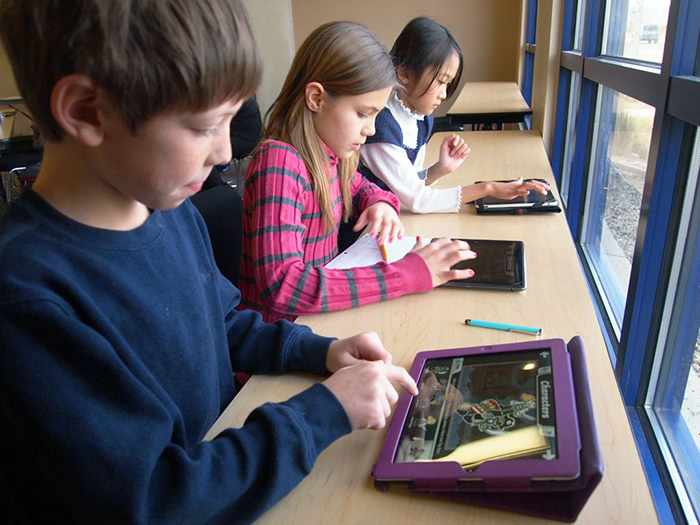Active learning is disrupting the traditional format of transmission-based lectures, cultivating transactional and transformational classroom environments in which students share responsibility for their own learning alongside their peers and instructors.
While there are a range of activities which fall under the auspices of active learning, the pedagogical style is commonly defined as activities that students do to construct knowledge and understanding. Some active learning activities that emphasise reflection, collaboration, and higher order thinking include:
The Pause Procedure. After twenty minutes in lecture, pause for two minutes and encourage students to compare their notes and discuss the lecture. This activity allows students to improve their foundational knowledge while also allowing others to seek clarification and ensure they understand the material.
Think, Pair, Share. During class, give students one minute to consider how they would apply, analyze, or evaluate a hypothesis in a real-world situation. Afterwards, have students discuss their responses in small groups before sharing their solutions with the entire class. By hearing different perspectives towards the same hypothesis, students are able to expose themselves to different thought processes and approaches they may not have considered otherwise.
Paper Strip Sequence. Write down the steps in a process on cardboard or strips of paper and have students work in teams to reassemble it in its proper sequence. This practice supports students’ logical thinking and reinforces their understanding of the relationship between events.
While there is over 30 years of empirical data supporting active learning’s benefits of student performance and retention rates over transmissionist approaches, it is not as straightforward in implementation. Instructors may expect to spend significantly more time on course construction and preparation for each class and activity.
Grading, however, is often relatively easier to complete. Students will receive regular feedback through individual and group assignments in class and be more prepared for assessments which will be more formative, rather than summative, in nature.
Whether they be simple or complex, try using some active learning activities in your lectures. They provide students more opportunities to learn and may increase engagement.
Read more:
About the Author: Dustin is a senior account manager with DesignedUX, providing communications and marketing strategy to organizations in education and technology. Dustin is also a part-time faculty member at Centennial College and serves on the board of the Canadian Public Relations Society.
